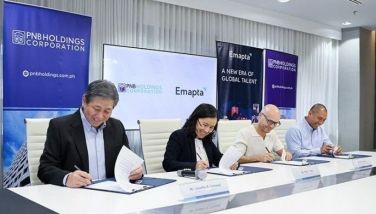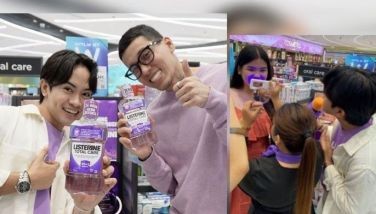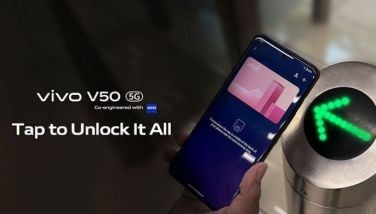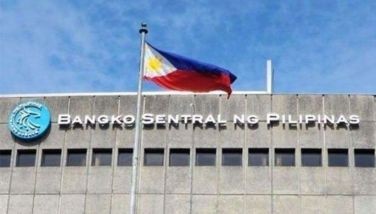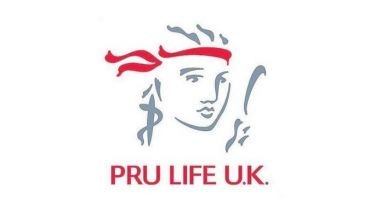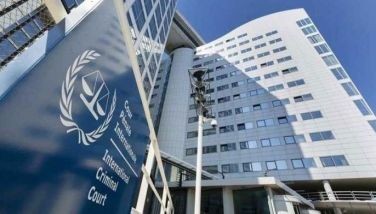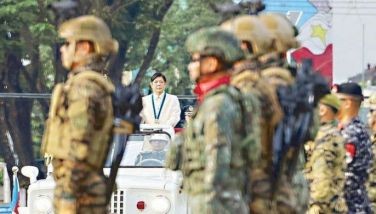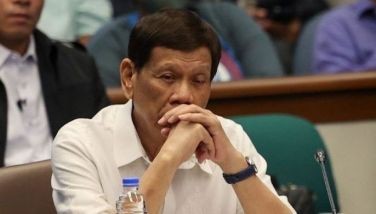Identity crisis
Just recently, Senate tourism committee chairperson Nancy Binay urged the Department of Tourism to focus on enhancing its iconic “It’s More Fun in the Philippines” tourism branding for the country instead of pursuing a new campaign that commodifies Filipinos.
The senator’s call was in response to the DOT’s recently unveiled campaign brand advertisement featuring Filipino nurse May Parsons, the first person to administer the world’s approved and fully tested COVID-19 vaccine, along with the slogan, “We give the world our best.”
I fully agreed with her when she pointed out that there seems to be a disconnect in the messaging and that the message itself is quite vague. She said: “Is the ad intended to attract tourists to visit the country? Is it aimed at encouraging more foreign investments? Or is it meant to entice hospitals abroad to hire our nurses?”
Binay explained that the country does not want to commodify its people and that it does not want to be labelled as a country that exports labor.
The DOT started using the slogan “It’s More Fun in the Philippines” in 2012, replacing “Wow Philippines.”
Earlier, Tourism Secretary Christina Frasco said they are considering replacing the current slogan with a new one anchored on making the Filipino brand more “distinct,” adding that the new branding campaign will take into consideration changes in circumstances such as the search of the people for substantial and immersive experiences anchored on cultural experience.
A Wall Street Journal article published in 2001 pointed out that for years, the country has struggled to find a catchy slogan. Past campaigns include “Philippines: Where Asia Wears a Smile,” “Fiesta Island Philippines,” “Rediscovery Philippines,” and even “Consider the Philippines.”
“Wow Philippines” was used as the campaign and tagline for tourism from 2002 to 2010. Then there was the shortlived “Pilipinas Kay Ganda” campaign launched by the DOT in 2010 which failed to take off.
And then in 2012, the DOT started a brand-new campaign aimed at selling the Philippines as the perfect destination for beach bums and dive lovers. The slogan “It’s More Fun in the Philippines” was adopted.
At one point, former tourism secretary Wanda Teo planned to scrap the campaign in 2017 and replace it with “Experience the Philippines,” which was a more emotional approach aimed to tug at the heartstrings of viewers.
DOT secretary Bernadette Romulo-Puyat decided to retain the “More Fun” campaign when she was appointed in mid-2018. But the former logo was given a slight makeover and got refreshed with a custom-made Philippine-inspired font.
Some of the tourism slogans from Asia include “Amazing Thailand,” Malaysia’s “Truly Asia,” “Incredible India,” Vietnam’s “Timeless Charm,” Cambodia’s “Kingdom of Wonder,” and Singapore’s “Passion Made Possible.”
The Sydney Morning Herald in a report noted that one country that offered itself as a hostage to widespread incredulity and social media ridicule was Albania which, in 2019, unveiled its slogan “Be Taken by Albania.” In the movie “Taken” starring Liam Neeson, two young American girls were kidnapped and sold into the sex trade by Albanian gangsters. Taken 3 was shown in 2014.
Then there was Nebraska, which took the unusual step of mocking its reputation for dullness with its slogans “Famous for our flat, boring landscape,” and “Honesty, it’s not for everyone.”
We cannot keep changing our country’s tourism slogan. An effective slogan is one that is short, catchy, not rigid but one that can adapt to the changes around us, one that speaks from the heart, and one that has a simple message.
But what message do we want to convey? What would make tourists want to visit the Philippines?”
What can we offer as a country? Why do tourists come to our country in the first place? Do we want to capitalize on our strengths as a country?
If we want to say “We Want to Give the World Our Best,” what does that exactly mean? Do we have to follow it up with other slogans just to be able to convey and explain our real message?
We are undoubtedly suffering from an identity crisis.
Why can’t we have something as simple as “Amazing Thailand,” or “Malaysia, Truly Asia.”
Instead of focusing on rebranding, why don’t’ we as a country focus on what tourists see and experience when they get here? A country’s airport offers a traveller his first glimpse into what that country is. If our airport is chaotic, if our airport personnel are corrupt, if our flights are delayed, if the lines in the check-in and immigration counters are long, what does it say about us? When they get to their destination, if the toilets are dirty, if the lodging facilities are bad, if traffic is terrible, what will they tell their friends and social media about us?
If our government is unprepared to deal with emergencies due to natural disasters, if tourists do not feel safe walking on our streets, not even the best slogan can entice tourists to come in.
If we want to really give the world our best, wanting to do that is not enough. We have to put our money where our mouth is. To create the perfect customer experience, why not put ourselves in the customer’s shoes? What do tourists want to see and experience in the first place in a destination country? Then we come up with our slogan.
For comments, e-mail at mareyes@philstarmedia.com
- Latest
- Trending
















